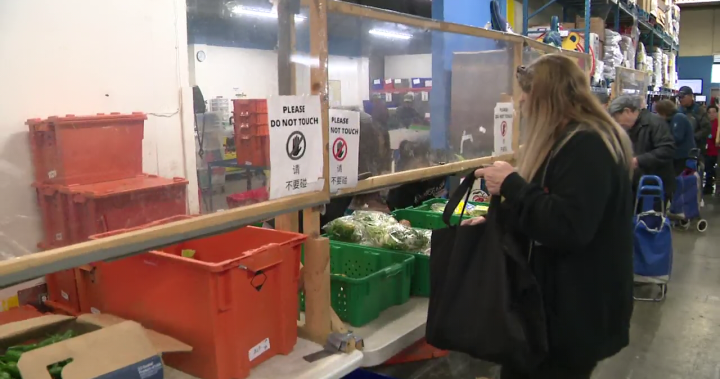The demand for food banks in British Columbia is on the rise, mirroring a national trend. B.C. food banks are reporting over 225,000 monthly visits, a 15 percent increase from the previous year. Children account for about one-third of these visits, with more than 70,000 visits recorded. Food Banks Canada also released data indicating that food banks across the country saw over two million visits in March, a six percent increase from the previous year and nearly double the number from 2019. Hajira Hussain, the executive director of the Richmond Food Bank, noted that demand has surged by 41 percent over the past year and almost 200 percent since the start of the COVID-19 pandemic. The rising cost of food and housing has left many working individuals dependent on food bank services to make ends meet.
Jennifer Kelley, a resident of Richmond, has been relying on food banks for support since moving to B.C. as a 19-year-old without a support network. Surviving on $1,500 per month in disability benefits, Kelley struggles to meet her basic needs, with food being a significant challenge. She described how she makes meals from scratch and purchases only the bare minimum due to financial constraints. Kelley has observed a growing number and variety of people accessing the Richmond Food Bank over the five years she has been using its services, including individuals with jobs who are struggling with day-to-day expenses. Food bank director Hussain highlighted the economic difficulties faced by food banks, with increased demand and decreased donations putting a strain on resources. The rising cost of food items, such as produce and dairy, has forced the organization to reduce the amount of food distributed to clients, impacting their ability to feed their families adequately.
Food Banks Canada has put forth various recommendations to address the challenges faced by food banks, including enhancing services for immigrants, providing government incentives for businesses offering a living wage, and implementing a national rent assistance program to help individuals cope with the escalating cost of living. The organization is calling for support from the public to ensure food banks can continue to serve those in need. The tough economic climate has taken a toll on food banks, with many struggling to meet the growing demand amidst limited resources. Hussain emphasized the heartbreaking reality of families not being able to stretch the food they receive from food banks for a whole week, illustrating the challenges faced by both food banks and their clients. The increased cost of living and stagnation of wages have left many working individuals in a precarious financial situation, pushing them towards food banks as a means of survival.
In response to the rising need for food banks, communities across British Columbia are rallying together to provide support and resources for those struggling to put food on the table. Organizations, businesses, and individuals are encouraged to donate and volunteer to help food banks meet the increased demand. The stories of individuals like Jennifer Kelley shed light on the harsh realities faced by many in the community, highlighting the importance of food bank services in ensuring that no one goes hungry. As the cost of living continues to rise, and wages remain stagnant, food banks play a crucial role in providing much-needed assistance to those in need. By working together and mobilizing resources, communities can support food banks in their mission to alleviate hunger and food insecurity among vulnerable populations. The recommendations put forth by Food Banks Canada aim to address the root causes of food insecurity and poverty, laying the foundation for a more equitable society where everyone has access to nutritious food and essential resources.















